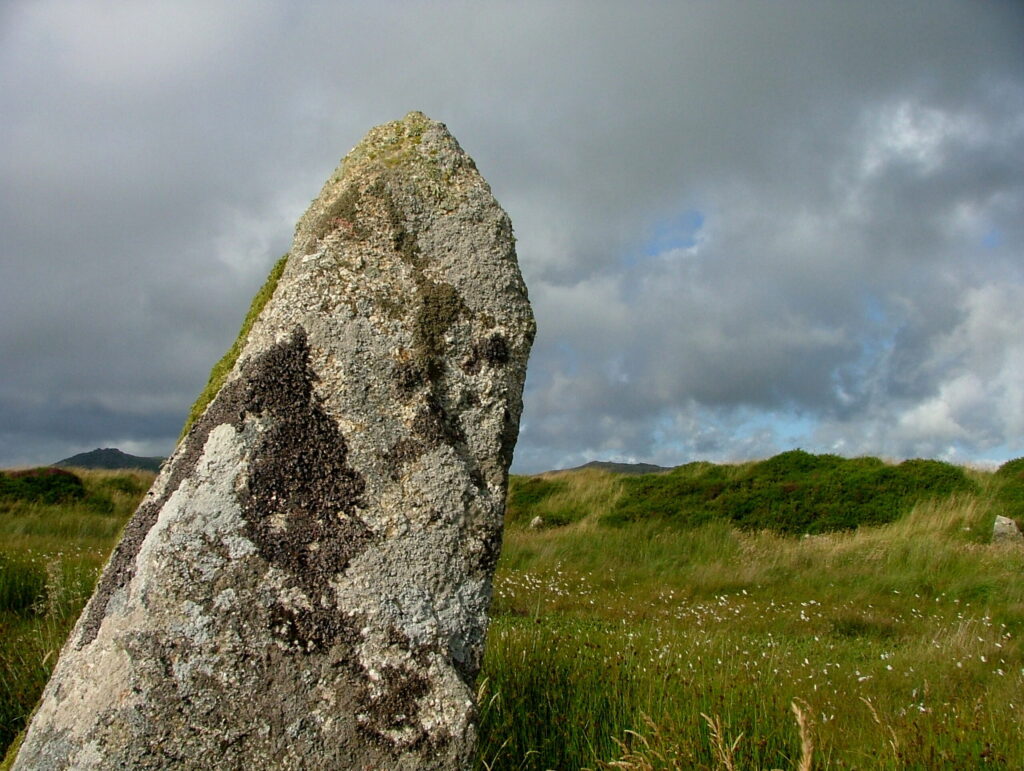A historic site in Cornwall linked to King Arthur has been found to be 5,500 years old, which is 4,000 years older than previously thought. Known as King Arthur’s Hall, it has long believed to an important historic monument.
A team of specialists from the universities of St Andrews, Reading, and Newcastle carried out the investigation of the site, which is a mound on Bodmin Moor, located in southwestern England. It consists of a rectangular bank of earth and stone formed with 56 standing stones, some measuring up to 1.8m, which are either leaning, recumbent or partially buried. It’s protected by Historic England, which listed it as an early medieval animal pen from around 1000 AD. However, there had been some speculation that due to integrated standing stones, the mound was much older.
The team used a technique called optically stimulated luminescence, or OSL – the date the mound to the neolithic period making it around 5500 years old – 4000 years earlier than previously thought. OSL is used to date when sediment was last exposed to light, prior to burial.
Dr Tim Kinnaird from the University of St Andrews commented, “It’s extremely exciting that we’ve finally been able to date construction of this enigmatic monument, previously grounded in myths and legends.”
Cornwall National Landscape’s ‘A Monumental Improvement’ project commissioned the Cornwall Archaeological Unit (CAU) to carry out archaeological investigations to the site to define a clear chronology of the monument, understanding its use and relationship in the wider context of the landscape as well as understanding the longer-term conservation needs of the monument.
“The first insight into the construction of the monument came much earlier though. Myself and my colleague Professor Sam Turner from Newcastle University visited the excavations undertaken by the Cornwall Archaeological Unit,” Dr Kinnaird added. “We were able to demonstrate that the buried soil beneath the bank was disturbed at construction – resetting the luminescence signals, and providing the opportunity to date the monument.
“Given that the monument is now 4000 years older than first thought, we now need to consider the monument within the context of Bodmin Moor’s prehistoric landscape, and the other structures on the moor that might have been significant at the time. This all alludes to a rich Neolithic landscape, evidencing an active community on the Moor, which requires further investigation.”
Top Image: Photo by Theroadislong / Wikimedia Commons
Subscribe to Medievalverse


